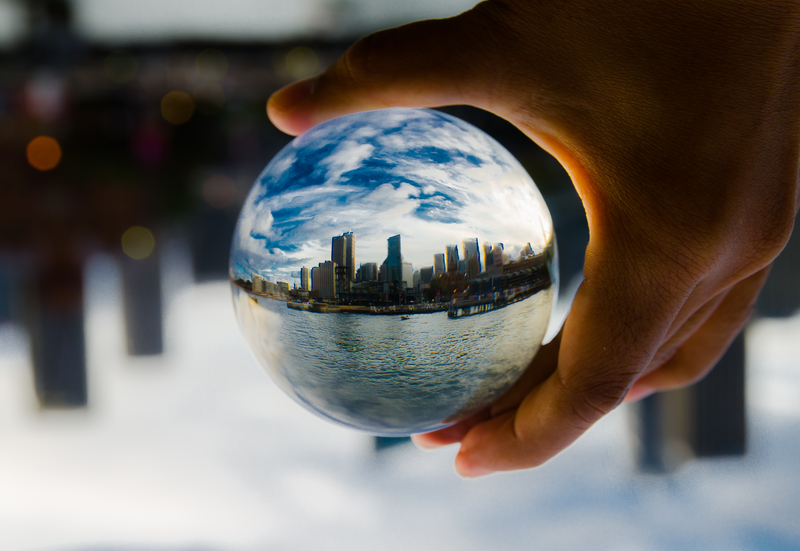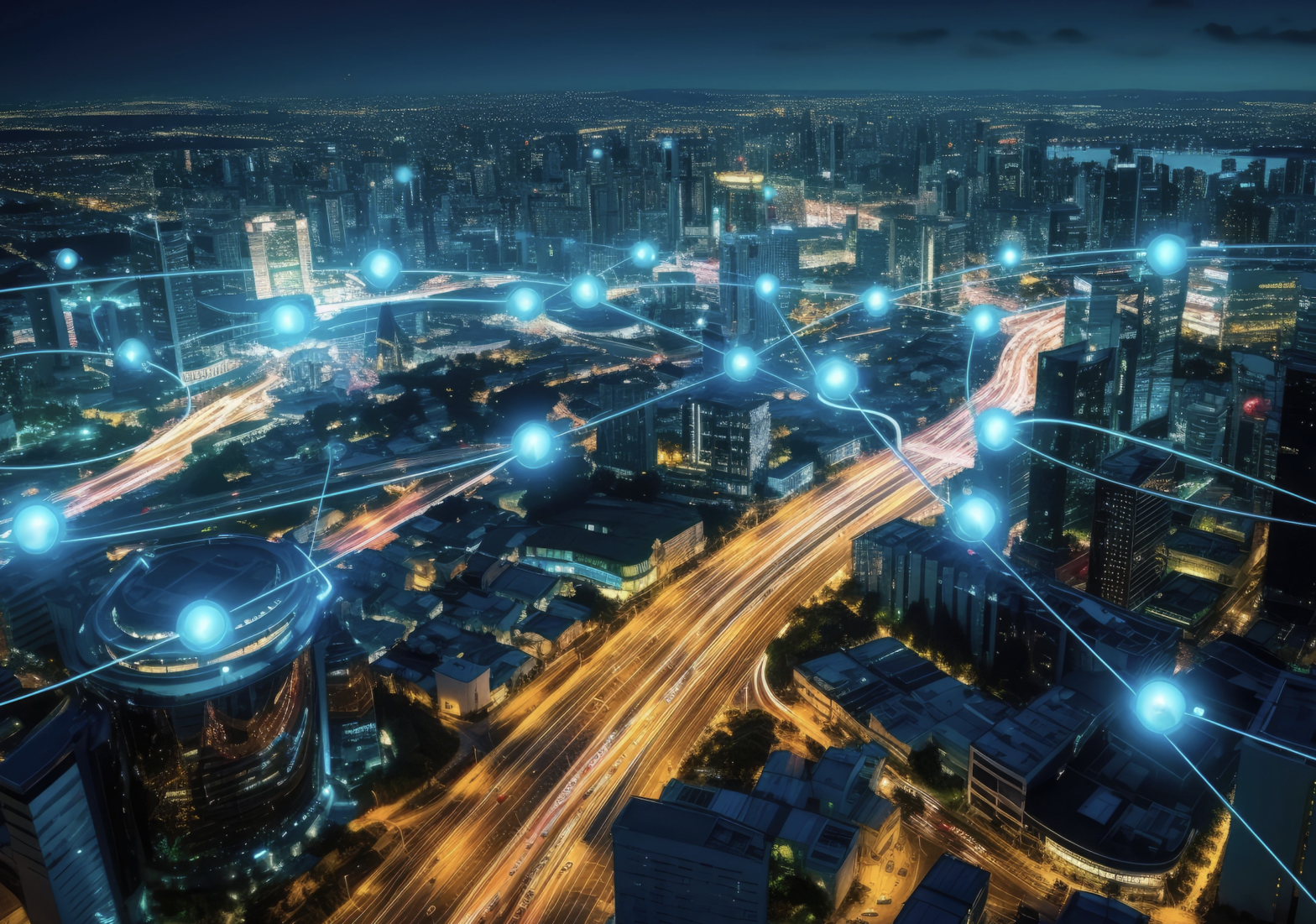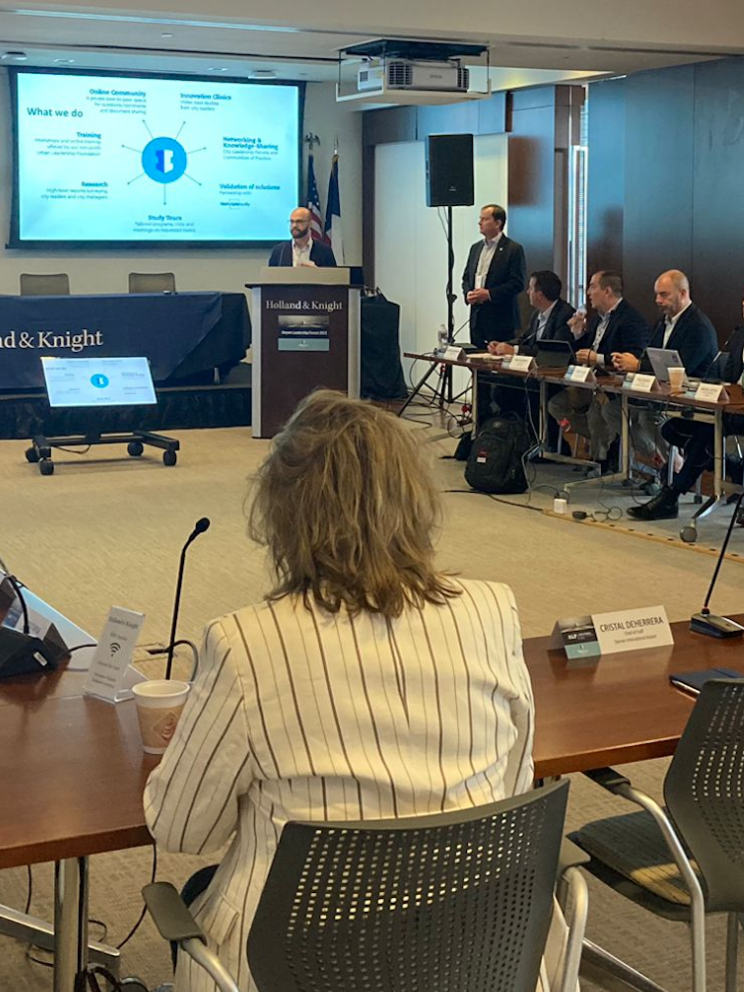
Photo: Bundit Minramun | Dreamstime.com
Five ways cities will change in the decade after COVID
31 March 2021
By: Ricardo Alvarez, postdoctoral fellow in the Department of Urban Studies and Planning and a researcher in the SENSEable City Lab, both at the Massachusetts Institute of Technology (MIT). Ricardo is also lead instructor of the MIT Professional Education course, Designing Tomorrow’s Cities.
Urban planners must factor in emerging technologies and the legacy of COVID-19 when imagining the cities of the future.
In my Digital Cities Design Workshop at MIT, I urge my students to think a decade ahead. Cities face many hard, structural challenges, and the ten-year horizon allows students to consider technologies and trends that either already exist today or are actively being researched, giving them the ability to work within the bounds of not only what is possible, but what is practical.

This next decade is likely to be one to remember. While urban areas are constantly changing, every so often a tectonic shift occurs that creates an undeniable line of demarcation in the evolution of cities. One of the clearest shifts took place more than a century ago, with the emergence of the automobile, which redefined the form of modern cities worldwide. I believe we’re on the cusp of another such change now – in part due to the coronavirus crisis, which has forced us to redefine the relationship between human activity and space, but also because of a number of game-changing technologies that are all poised to mature at the same time.
Here are five trends and technologies that urban planners should watch out for, over the coming decade:
1. IoT in cities to go mainstream
Now that forward-thinking cities have deployed a number of Internet of Things technologies, such as smart lighting and smart parking systems, these applications are likely to become commonplace at a rapid pace. Prices for sensors and systems are coming down, and leaders in smaller cities are less afraid of risking failure after seeing these applications validated by other municipalities. Smart lighting, in particular, is sometimes called a “gateway drug” that leads to other investments.
When civic leaders see the opportunity to not only cut their lighting bills, but also improve public safety and lay the foundation for a network of sensors, they are increasingly going to take it.
2. The Global South embraces digital infrastructure
When we discuss smart cities, the conversation is often limited to the Londons, Amsterdams and Tokyos of the world. But the truth is that there are far more cities around the globe that resemble Medellin, Colombia than those that resemble Sydney, Australia.
Many of these cities in the “Global South” – located in developing countries in Africa, Asia, and Latin America – lack adequate physical infrastructure, and people sometimes think it is impractical to discuss digital investments in places where roads and bridges are crumbling. But it is often less expensive to install a telecommunications tower that will connect and provide services to tens of thousands of people than it is to build a mile of road in these locales.
Expect to see profound effects of digital transformation all around the world over the next decade – and not just in places that look like MIT’s home city of Cambridge, Massachusetts.
3. AI and facial recognition bring opportunities and challenges
AI-enabled systems, that is systems where a machine automatically processes data and generates a decision, often without human involvement will become prevalent in future cities.
Some applications, such as intelligent temperature monitoring of buildings or smart energy management are both beneficial and fairly harmless, but others, such as facial recognition come with real concerns about privacy and the potential for abuse.
So far, perception of the technology varies widely by culture and geography. For instance, many people I’ve spoken with in places like China are unbothered by facial recognition, reasoning that they have nothing to hide if they’ve done nothing wrong and that the uses of the technology easily outweigh any potential harm. In my native country of Mexico, people often prefer more intelligent cameras in public spaces as a way to increase public safety, while imposing layers of control outside the hands of a police system with a long history of corruption. Meanwhile, people in Europe, Canada and the US are largely wary of facial recognition and find it dangerously intrusive.
In any event, we already live in a world filled with cameras, and facial recognition merely requires the addition of a software layer to analyse video data – much of which is in private hands – so cities will need to seriously grapple with the potential privacy ramifications as they seek to balance AI’s benefits and drawbacks.
4. Owners embrace multifunctional infrastructure
In cities around the world right now, stores and office buildings are shuttering in landmark shopping and business districts, with many in the real estate sector questioning whether life will ever return to these spaces.
While this is an immediate impact of COVID and its aftermath of imposed social distancing, it also illustrates a broader point about how risky it is for owners to invest in buildings that are tailored for only one use. Single-use design of space is inherently fragile, since it limits the degree to which space can host human activity.
The coronavirus pandemic familiarised millions with remote-work technologies and increased the social patterns of purchasing things online.
To put it simply, many won’t return to their traffic congested mornings, preferring to continue to work and shop at home. As such, the intensification of content and multi-functionality in our spaces will be key to making them attractive and foster the resurgence of cities.
5. Autonomous vehicles revolutionise urban land use
Autonomous cars will bring profound changes in cities beyond making our transportation systems more efficient. Cars currently spend around 95 percent of their time parked, and there is some research suggesting that, for every self-driving car we deploy optimally, we’ll be able to remove eight vehicles from the road, making wide highways and many parking lots unnecessary.
This is going to translate to acres and acres of new space, right in the hearts of dense and expensive cities. The natural dynamics of urban and real estate economics tells us that developers will leap to grab up this space, but cities will also have an opportunity to utilise it for things like affordable housing or public infrastructure.
It’s important that city officials and planners think through these issues before they become urgent problems. For example, while governments, academia and international organisations have been aware of the possibility of a global pandemic for a while, part of the reason COVID has presented such a challenge is because it caught cities off-guard.
Things might have been very different if cities would have made strategic and timely investments in developing the proper information, tracking and decision systems before the pandemic. Cities face a similar challenge with the incoming AV revolution, which points to a scenario of profound urban impact.
Cities need to be better prepared for such technological developments and plan their strategies accordingly, lest they are forced to experience these changes with limited control and influence over their future.
Image: Bundit Minramun | Dreamstime.com







